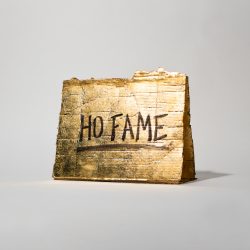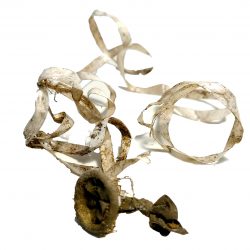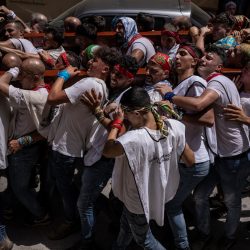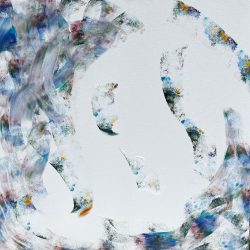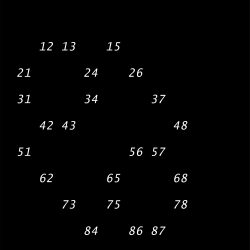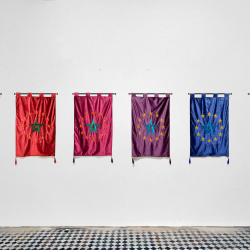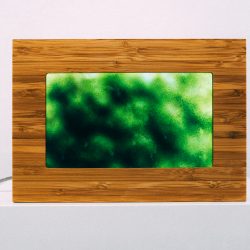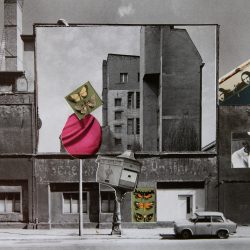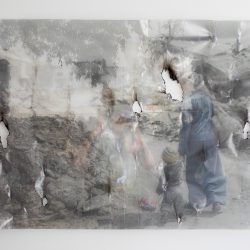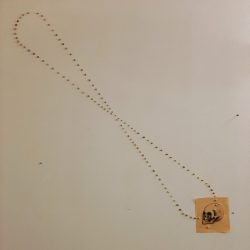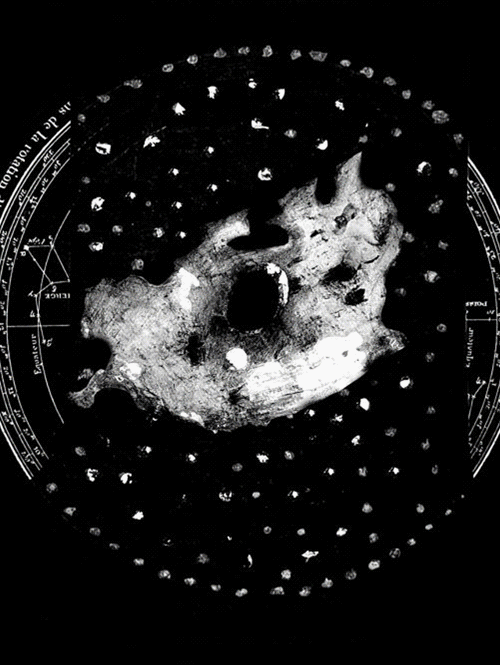work
A CAMORRA…SONG IO?
| category | Video |
| subject | Political / Social |
| tags | |
| minutes | 23 |
| seconds | 30 |
| year | 2009 |
This is the title of a song performed by the musical group “A67” (www.a67.it), the famous Neapolitan band, which has become the standard-bearer of the fight against the Camorra and of social commitment and which has contributed for some years now, to the diffusion of a will, as well as of an urgent need, of the city of Naples and of all Neapolitans, to express a new rebirth and a desire to fight and defeat illegality.
And it is also the title of the documentary that the Neapolitan photojournalist and videomaker Salvatore Sparavigna has created by collecting video responses from various categories of people (about a hundred between professionals, judges, politicians, artists, students, ordinary people, innocent victims of feuds, etc.) all united both for their expressions of solidarity with the writer Roberto Saviano, and for their personal commitment against every form of mafia and arrogance and in favor of the restoration of legality.
So, between one reading of a page of “Gomorra” and another, between one anti-Camorra and anti-racket demonstration, between one anti-mafia rally and another, Salvatore Sparavigna wanted to unite all the participants around a single question, perhaps provocative, and that is precisely, “’A camorra…song io?” (Am I the Camorra?), placing at the center of attention how real or not the awareness of the problem is from this point of view which, according to the author, should not be underestimated. From the answers, a cross-section was born that, among intellectuals and professionals of the so-called "good Naples" (met at the PAN - Palazzo delle Arti Napoli - during the crowded evening of the first "Leggo Saviano"), among the citizens of Torre Annunziata (who with great strength and determination read Gomorrah with amplification in the street), among the inhabitants of the outskirts in the Miano area (who on their skin, among the daily feuds, pay with their lives for the fights between gangs) and among the citizens of Casal di Principe (the city that is split between the good Casalesi and the bad Casalesi, those described in Gomorrah), but also among the students of the Association Students Against the Camorra (who in the street, demonstrate each wearing a fuchsia bow, the color of the cover of Gomorrah), or among the anti-Camorra judges, who live under armor (Cantone) and among priests with an escort (Don Luigi Merola) and many, many other testimonies, does nothing but make us reflect on a certainty that to those who most and ... some less, it unites us all and that we don't always give the right attention.
That is, yes, we are the Camorra too.
And it is also the title of the documentary that the Neapolitan photojournalist and videomaker Salvatore Sparavigna has created by collecting video responses from various categories of people (about a hundred between professionals, judges, politicians, artists, students, ordinary people, innocent victims of feuds, etc.) all united both for their expressions of solidarity with the writer Roberto Saviano, and for their personal commitment against every form of mafia and arrogance and in favor of the restoration of legality.
So, between one reading of a page of “Gomorra” and another, between one anti-Camorra and anti-racket demonstration, between one anti-mafia rally and another, Salvatore Sparavigna wanted to unite all the participants around a single question, perhaps provocative, and that is precisely, “’A camorra…song io?” (Am I the Camorra?), placing at the center of attention how real or not the awareness of the problem is from this point of view which, according to the author, should not be underestimated. From the answers, a cross-section was born that, among intellectuals and professionals of the so-called "good Naples" (met at the PAN - Palazzo delle Arti Napoli - during the crowded evening of the first "Leggo Saviano"), among the citizens of Torre Annunziata (who with great strength and determination read Gomorrah with amplification in the street), among the inhabitants of the outskirts in the Miano area (who on their skin, among the daily feuds, pay with their lives for the fights between gangs) and among the citizens of Casal di Principe (the city that is split between the good Casalesi and the bad Casalesi, those described in Gomorrah), but also among the students of the Association Students Against the Camorra (who in the street, demonstrate each wearing a fuchsia bow, the color of the cover of Gomorrah), or among the anti-Camorra judges, who live under armor (Cantone) and among priests with an escort (Don Luigi Merola) and many, many other testimonies, does nothing but make us reflect on a certainty that to those who most and ... some less, it unites us all and that we don't always give the right attention.
That is, yes, we are the Camorra too.



